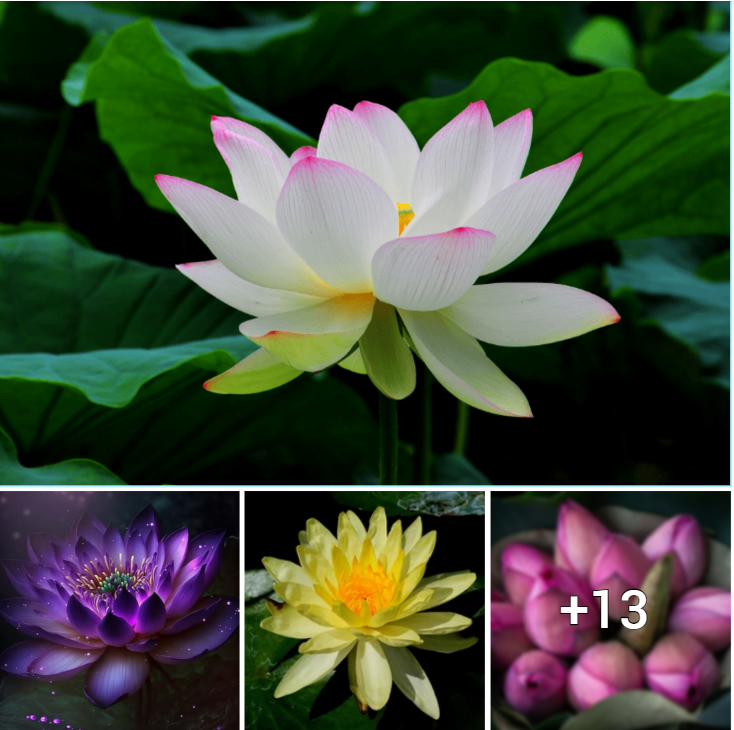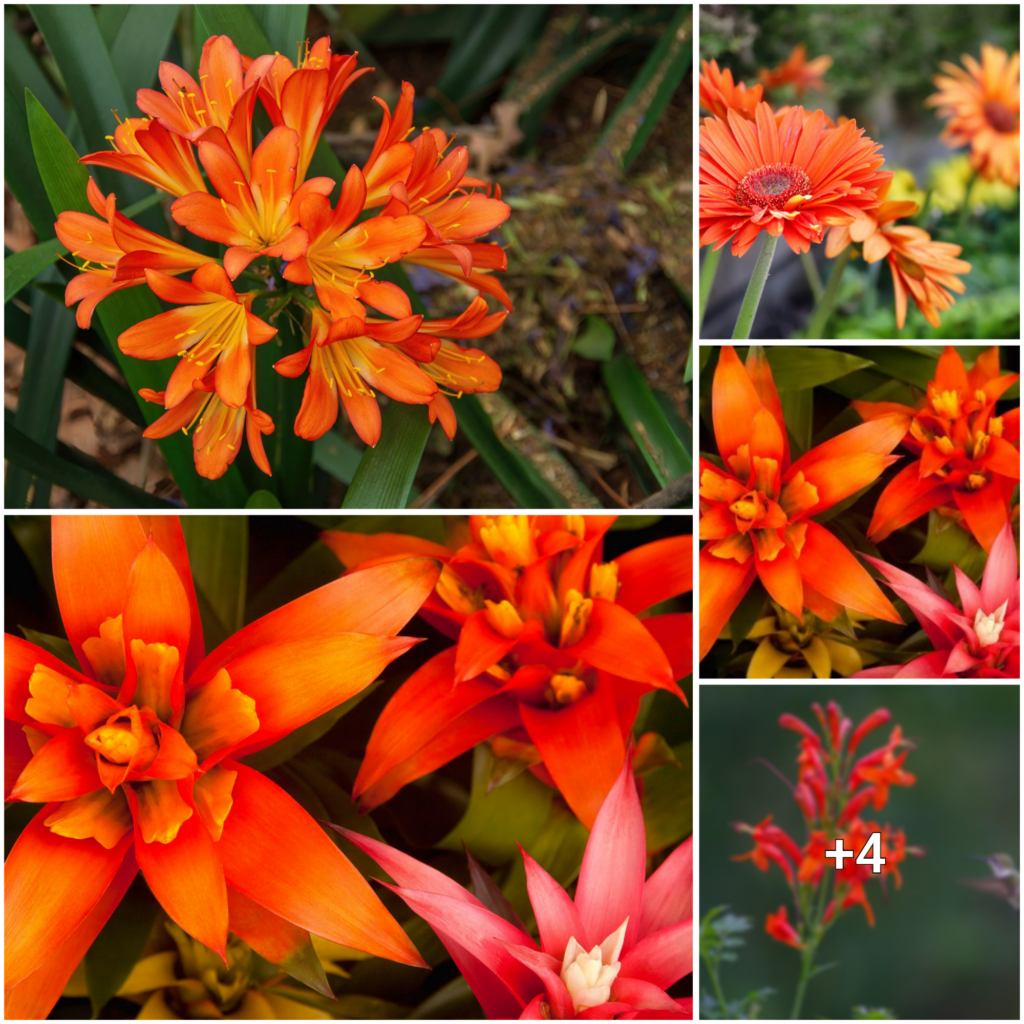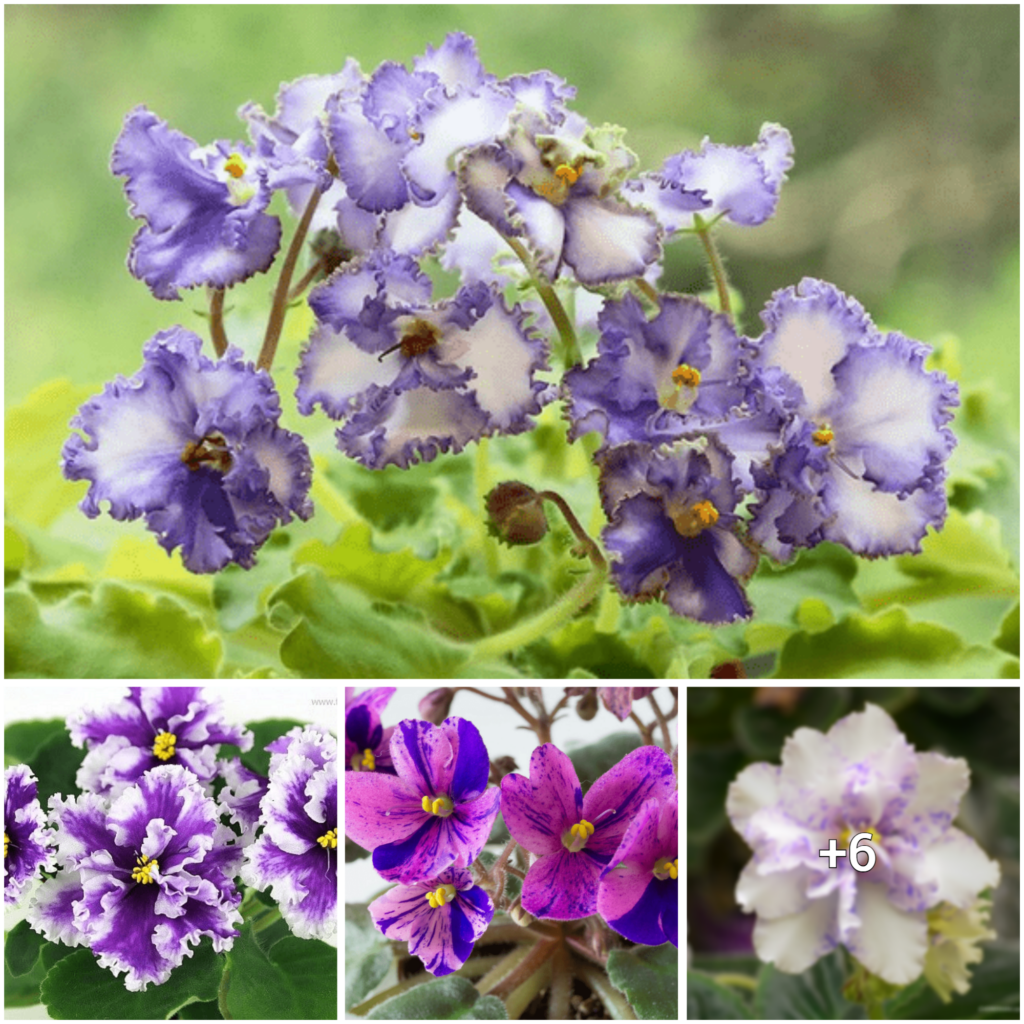Fuchsia plants are perennials that originate from Central and South America and are known for their exotic and beautiful flowers. These plants can be found throughout the United States and are often grown in pots or hanging baskets. With over 100 varieties available, Fuchsia plants come in a range of colors and appearances, including upright and trailing varieties.
For novice and seasoned gardeners alike, Fuchsia plants are considered easy to grow. They can be grown from seeds or clippings, but are most commonly sold as established plants. The plants typically start producing flowers in early to mid Spring and continue blooming until early Fall. To keep Fuchsia plants healthy, it’s important to maintain constant moist soil and partial sun exposure. Overwatering and direct sunlight can be harmful to these plants.
Pruning Fuchsia plants early in the growing season encourages new branches and flowers to emerge. Dead and overlapping branches should be cut, and the plants can be pruned into the desired shape. Once new growth starts, new buds can be pruned to encourage further branch and flower growth. Dead flowers should also be regularly removed to promote new blooms. By following these tips, your Fuchsia plants will produce beautiful flowers throughout the growing season.

To ensure that Fuchsia plants thrive, they require moist soil. If you’re growing them in containers, it’s best to use high-quality, well-drained potting soil. Keep in mind that potted Fuchsia will likely need daily watering, but the easiest way to tell if it’s time to water is to stick your finger into the soil and check for dampness. It’s important to avoid letting the soil become too dry or overly wet, as this can cause the roots to rot and ultimately kill the plant.
If you’re planting Fuchsia in a garden, they will require slightly less maintenance once they’ve become established. It’s crucial to plant them in loose, well-drained soil that stays moist. While they can tolerate a dry day, it’s best to ensure that the soil stays damp. Regular fertilization with liquid fertilizer every couple of weeks will help the plants flourish and produce beautiful flowers throughout the growing season.
In terms of sunlight requirements, Fuchsia plants don’t do well in direct sunlight or excessive heat. Partial sunlight is ideal, and it’s important to ensure that they are shielded from the hottest hours of sunlight. The temperature requirements can vary depending on the variety of Fuchsia, but it’s generally best to keep the soil cool and avoid exposing the plant to too much sunlight, as this can cause the flowers to wilt and fall off quickly.
:strip_icc()/black-pink-fuchsia-d9379e68-841058e2c73247958d854e89c7252478.jpg)
Fuchsia plants may encounter various issues, with overwatering and excessive exposure to sunlight being the most common. Additionally, these plants may attract insects, especially when grown indoors or in poorly ventilated areas. In such cases, using pesticides is recommended to address the infestation.
While Fuchsia plants are often treated as annuals, they are actually perennials that can bloom for several years if taken care of properly during winter. To survive the cold weather, Fuchsia plants should be brought indoors and placed in a cool and dark location, such as a basement or garage, with a temperature of around 50 degrees Fahrenheit. Pests should be removed by spraying plants with water, and soil should be kept moist by watering every 3-4 weeks. During winter, Fuchsia plants enter a dormant state and stop producing flowers. Roughly a month before the last expected frost of the year, trim plant branches to half their length and move them to a well-lit area, away from direct sunlight. After the last frost, Fuchsia plants can be moved outside and grown according to the aforementioned guidelines.




